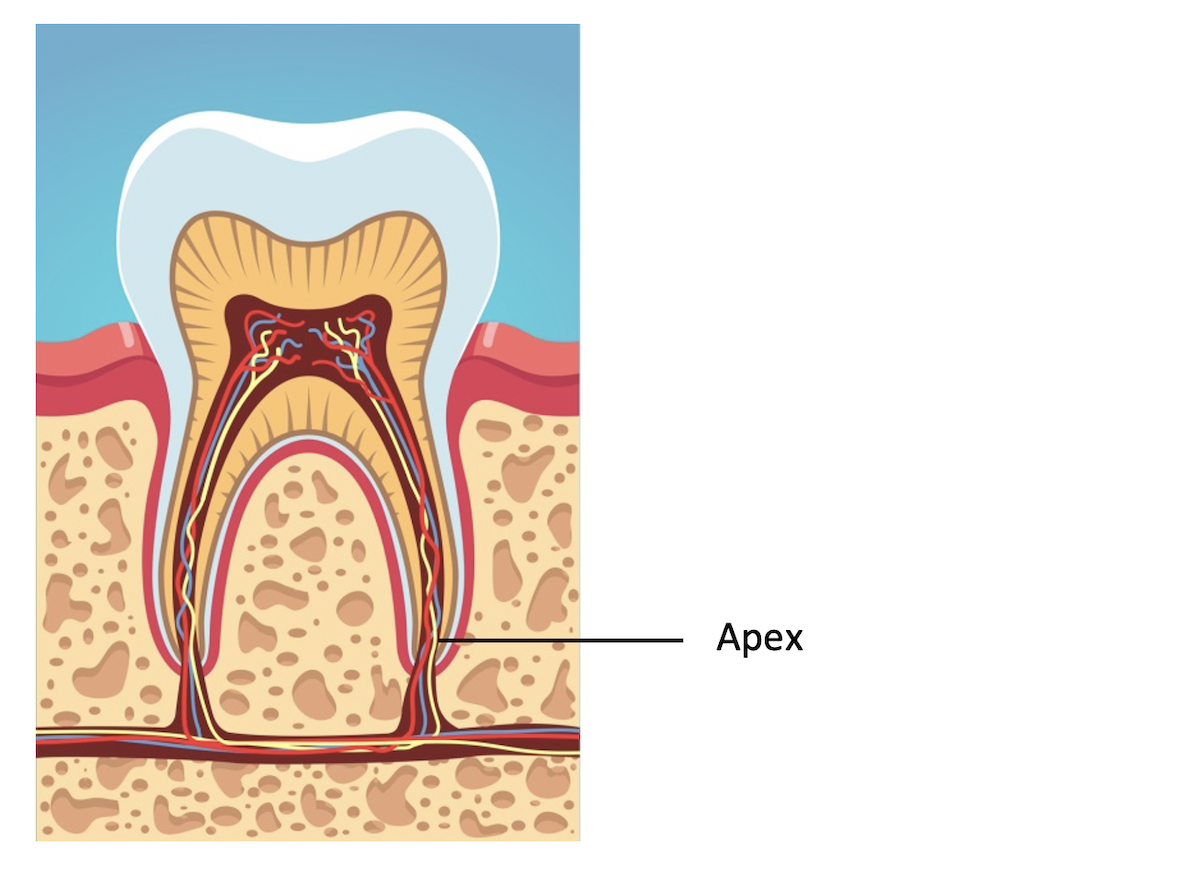What Is An Apicoectomy?

The most common form of surgery to save teeth is referred to as a root-end resection or an apicoectomy. The first part of the term comes from Latin apico, apex – meaning the end of the tooth. The second part comes from Latin ectomy, excise – meaning to cut out surgically.
During an apicoectomy, the endodontist makes an incision in the gum tissue to expose the bone and surrounding inflamed tissue. The endodontist removes the damaged tissue along with the end of the root tip, the apex. They then clean and irrigate the area. Next, the endodontist places a filling at the root end to prevent reinfection of the root. Finally, the endodontist sutures the incision. As the site of the surgery heals, the bone will naturally heal around the root. Thus, an endodontist restores the tooth to its full function.
After the procedure, there may be some discomfort or slight swelling while the incision heals. This is typical for any surgical procedure. We can prescribe an appropriate pain medication to alleviate the pain.
This procedure makes it possible to preserve your natural tooth when the only other option would be to have the tooth pulled. If the tooth is pulled you would then require an implant or bridge to replace the missing tooth.
Your natural teeth feel and function much better than artificial teeth. For this reason, endodontists specialize in root canals and surgery to save your natural teeth whenever possible.
Schedule Your Appointment
Contact our team today.
Call us at 952-920-4400 or fill out our online contact form to schedule your appointment today!
